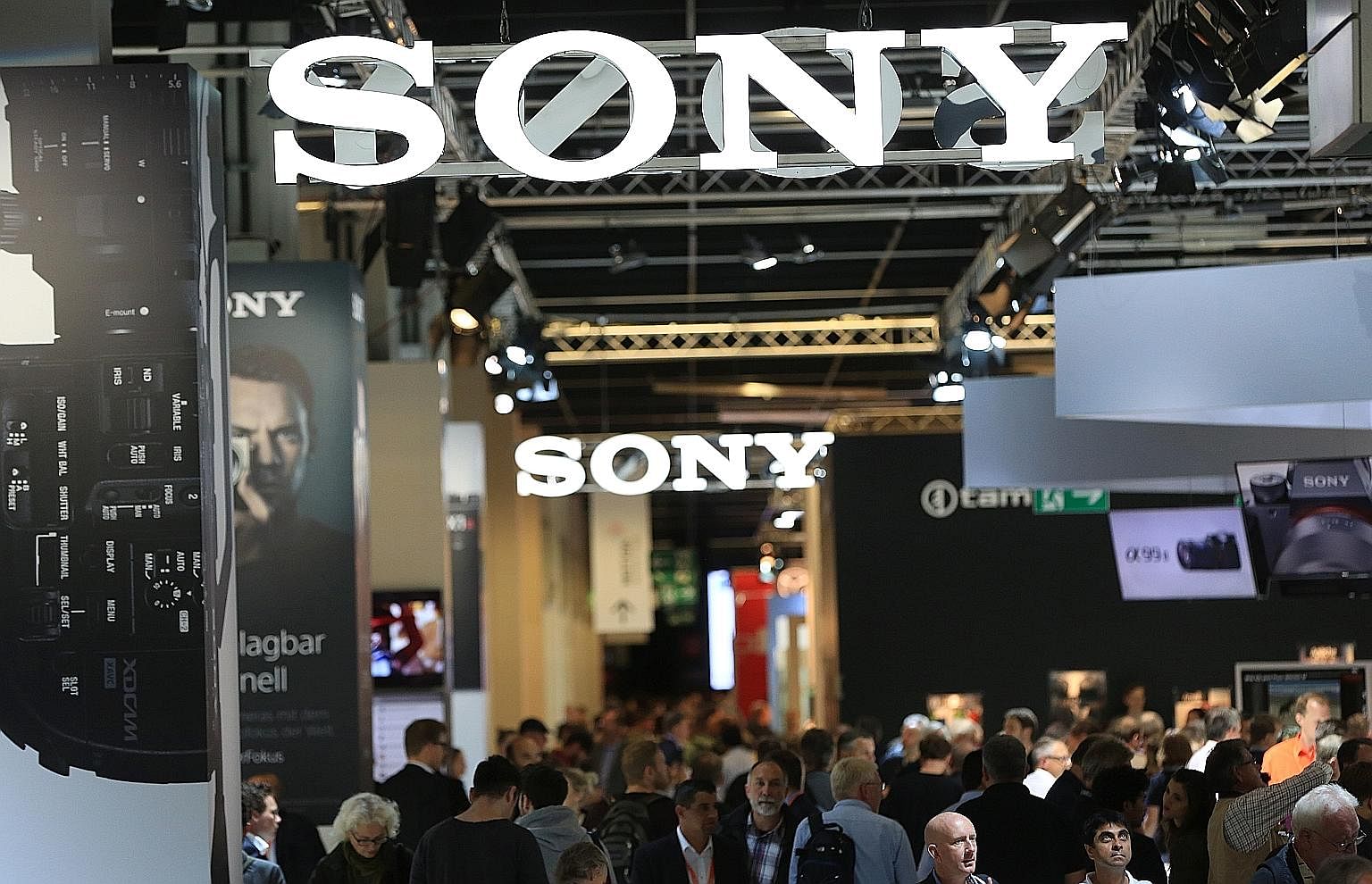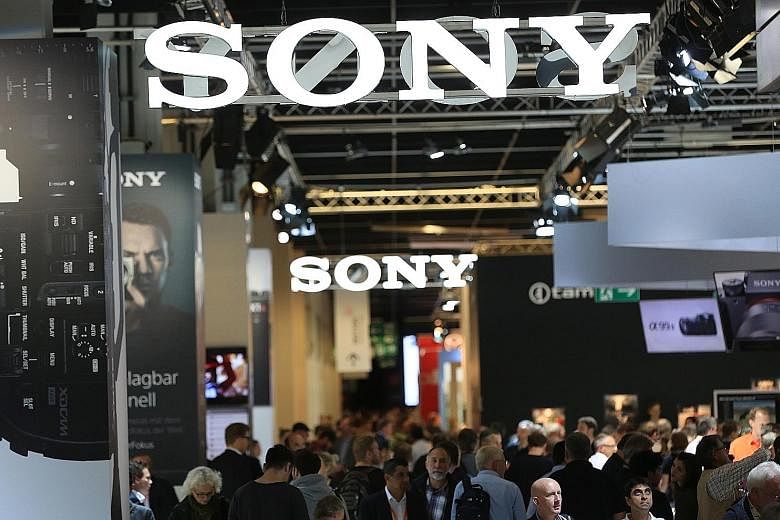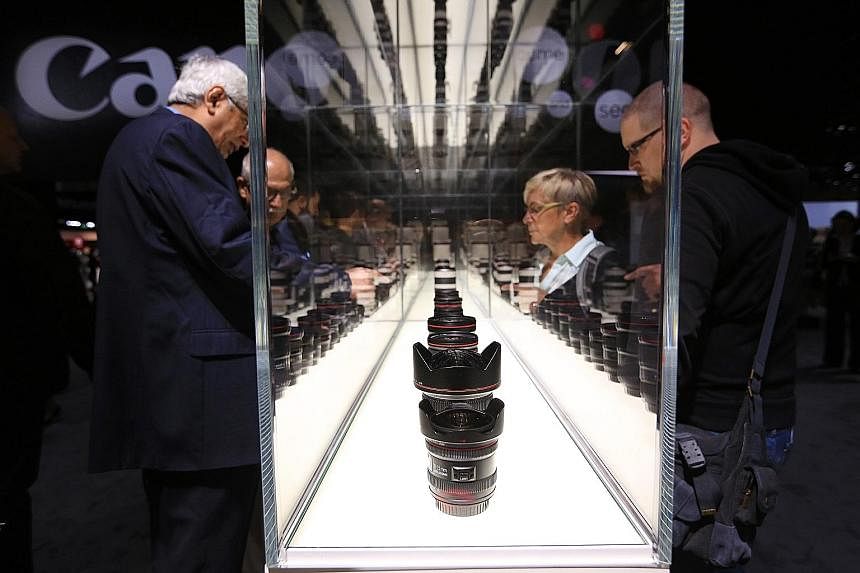Despite reviewing cameras for 12 years, I have never been to Photokina - the biennial camera and photography equipment show held in Cologne, Germany.
This year's iteration was held last week. And again, I missed this year's show and have to watch and read about all the new cameras from afar. There were plenty of announcements from all the major camera makers as they sought to stop the continuing decline in camera sales.
The number of digital cameras sold globally has dropped from its peak of 120 million units in 2010 to fewer than 40 million units last year, according to the Camera and Imaging Products Association.
A few announcements caught my eye. One was Sony's unveiling of its a99 II, the long-awaited successor to the company's flagship full-frame digital single-lens translucent (DSLT) camera.
A DSLT camera works differently from a digital single-lens reflex (DSLR) camera in that a fixed translucent mirror is used to direct light simultaneously to both the image sensor and autofocus sensor, replacing the moving mirror in DSLR cameras.
Given how much time and effort Sony has been investing in its mirrorless cameras, I would have thought that Sony had given up on its DSLT cameras. So it was great to finally see the Mark II version.

As expected, Panasonic and Olympus launched new mirrorless cameras, while mirrorless camera latecomer Canon introduced its latest addition to the familywith the EOS M5.
Fujifilm probably "won" Photokina 2016 when it pulled the rabbit out of the hat with its GFX 50S medium-format mirrorless camera. It has an image sensor that is around 1.7 times bigger than a full-frame image sensor, while having the body of a full-frame DSLR.
Yet despite all the new cameras at the show, I was not super excited by any. I guess this was the same feeling of the Apple naysayers when they heard about the dual cameras on the iPhone 7 Plus thousands of miles away from the event (I might change my mind once I test these new cameras).
Vlad Savov of tech website The Verge wrote that camera companies are struggling with a similar problem faced by the PC industry in that consumers are not upgrading their cameras.
He is right. I am still using the Canon EOS 7D that I've owned for the last five years.
 Visitors browsing a display containing a selection of Canon camera lenses during the Photokina photography trade fair in Cologne on Sept 20. PHOTO: BLOOMBERG
Visitors browsing a display containing a selection of Canon camera lenses during the Photokina photography trade fair in Cologne on Sept 20. PHOTO: BLOOMBERG
In recent times, I have been thinking of upgrading to the EOS 5D Mark III. But even now, with the recent launch of the 5D Mark IV, I am still hesitating.
And that's because I rarely use my 7D these days. Even during overseas assignments, I usually use my iPhone 6s Plus (still waiting for my iPhone 7 Plus, Singtel…) or my Samsung Galaxy S7 edge.
On important occasions, I will bring along a Panasonic GX85 because it is lightweight and can be charged using a micro-USB cable.
Sure, when trying to capture a flying bird or a speeding car, a DSLR is undeniably quick and suitable for the job. But it is just way too bulky and heavy for most to consider, as not everyone is into wildlife or sports photography.
Ask any photojournalist (and I was one before), and they will prefer to use their smartphones to take pictures if they can. Not only is it more inconspicuous, it also alleviates their back pain.
Not to mention, security personnel will not come chasing after you asking you to wipe your memory cards.
Camera makers seem to be running out of ideas and time. But they also seem to be apprehensive of innovating.
Of course, innovation might not work all the time. Panasonic tried with the CM-1 camera with a fixed Leica lens and an Android operating system. I thought it was a great idea, but from hearsay, it did not sell well.
Failure, however, should not deter camera makers from innovating. Because the future of photography is the smartphone. At least for the masses.
Certainly, there will always be a group of users who prefer the likes of DSLRs and big lenses - those who will extol the virtues and advantages of "real" camera equipment. But this group alone will not sustain camera makers.
That is why I think the most interesting news from Photokina 2016 came from a press release. Leica and Huawei are starting a jointly operated research and innovation centre in Wetzlar, Germany - the birthplace of 35mm film photography.
The new lab is said to "drive further development of optical systems and software-based technologies to improve imaging quality in a wide range of photographic and mobile device applications". And Leica probably understands photography better than any other camera makers.
If this century-old "traditional" photographic institution is already making inroads into mobile photography, maybe it is time for other camera makers to do the same.
If camera makers do not upgrade themselves with new mobile photography technologies to brave the new world, they risk being left behind like the 35mm film.



